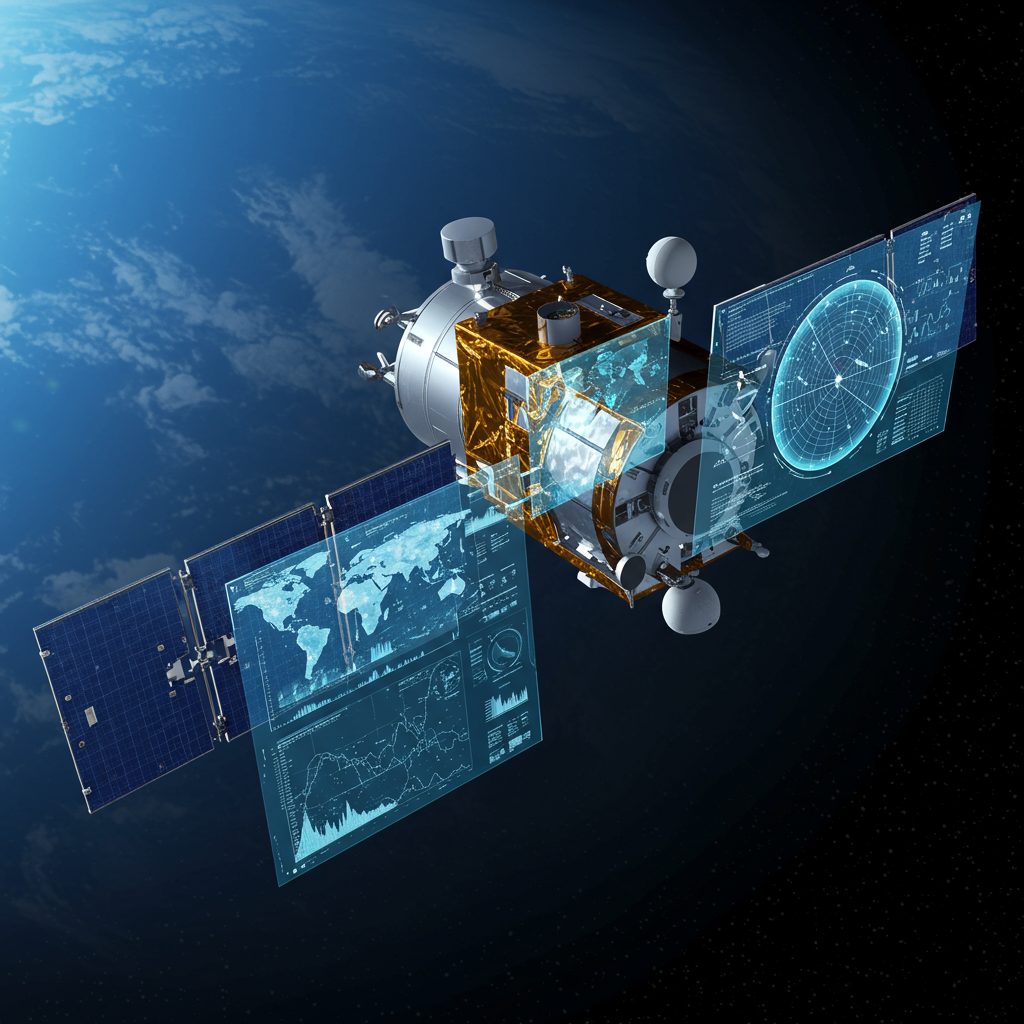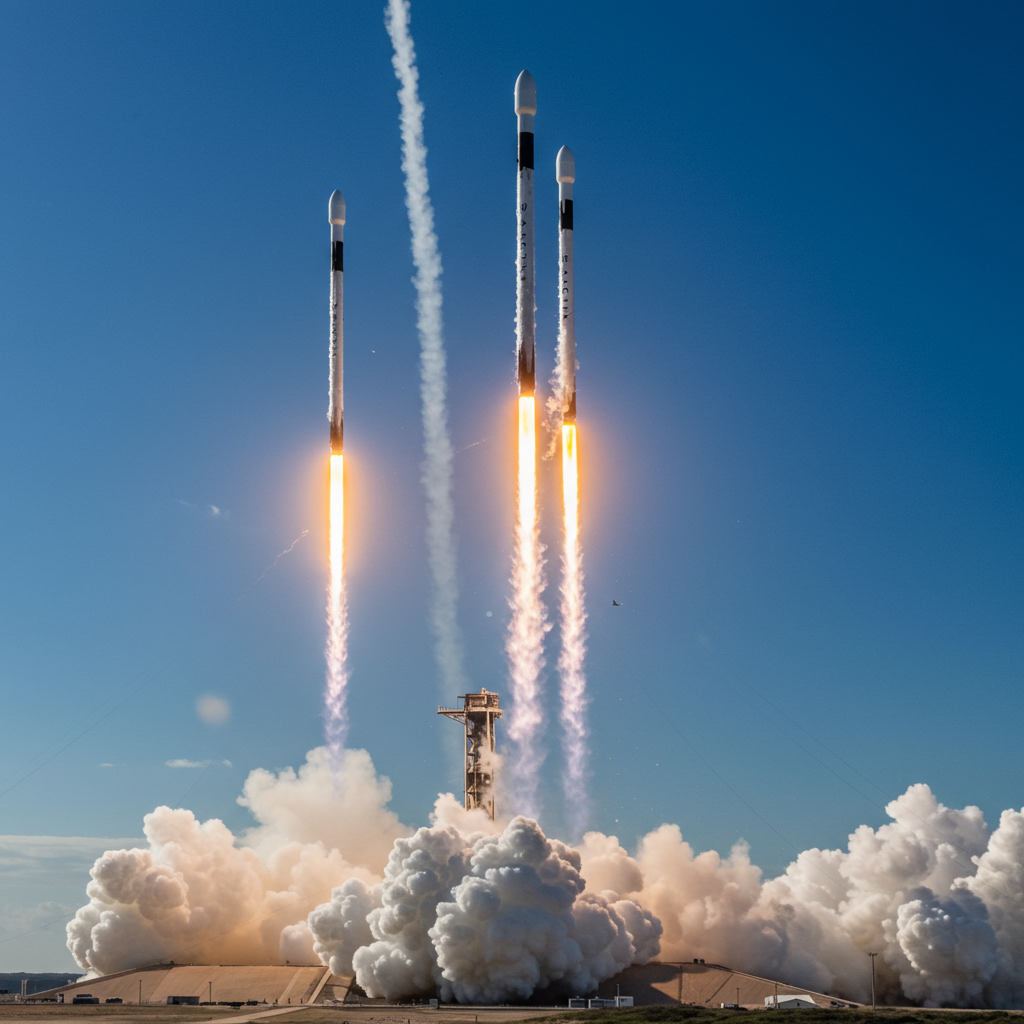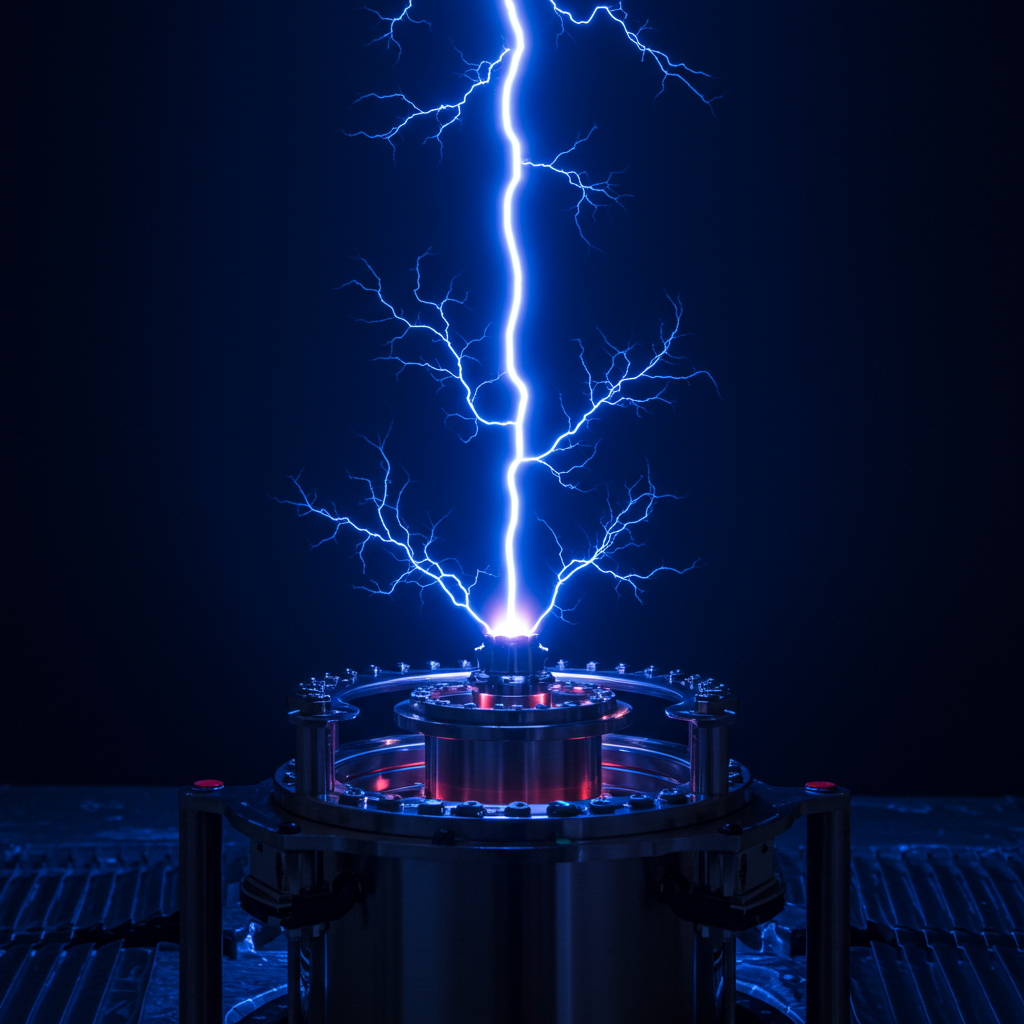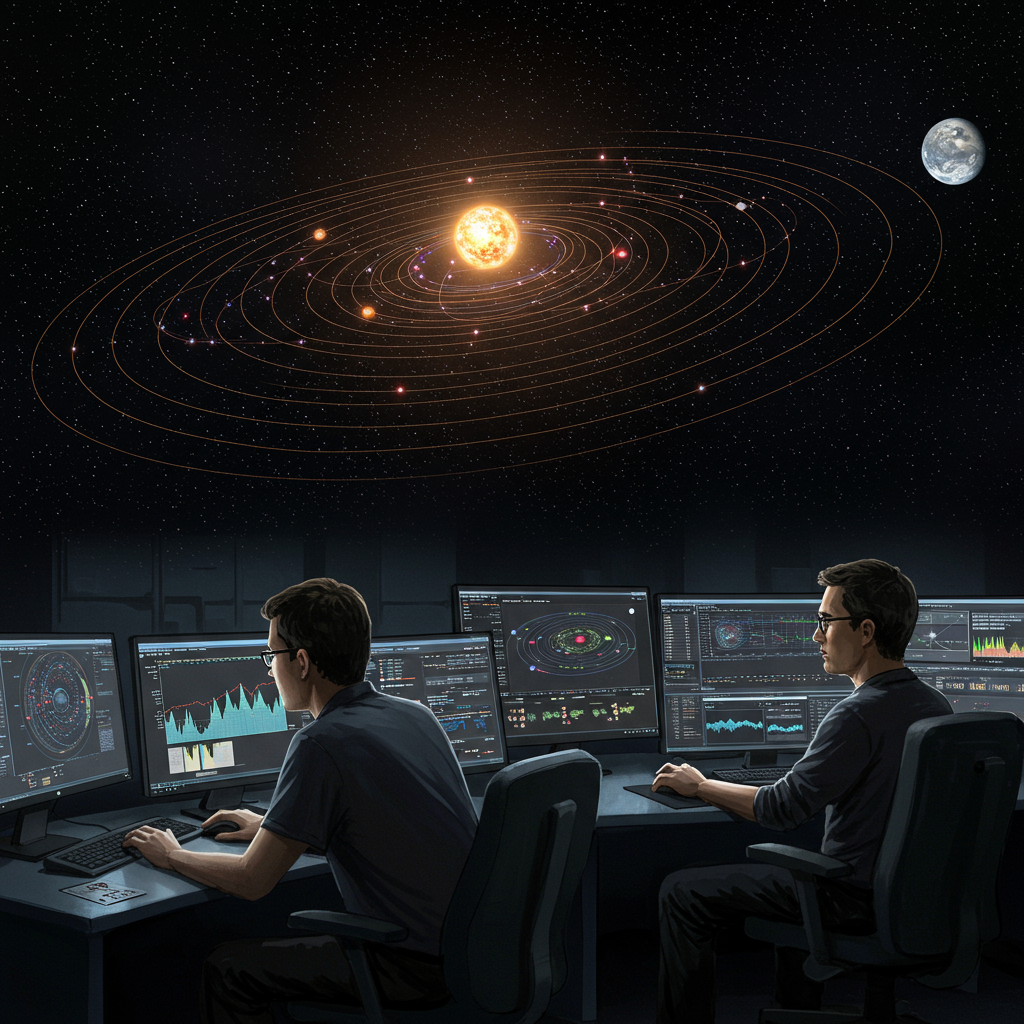America’s space agency, NASA, stands widely recognized for its pioneering work in space exploration. Iconic missions like sending humans to the moon or deploying advanced telescopes capture global imagination. However, a lesser-known but equally critical function of NASA involves safeguarding the nation’s security interests. Often perceived solely as a civilian research entity, nasa’s technological advancements, satellite capabilities, and critical infrastructure play an indispensable role in modern defense and surveillance. Understanding this dual role is crucial, especially when discussing potential budget shifts or mission priorities.
Beyond Exploration: NASA’s Critical Security Mission
NASA’s contributions extend far beyond launching rockets and conducting scientific experiments in orbit. Its core mission includes developing cutting-edge technologies. These innovations have significant dual-use potential, serving both scientific exploration and national defense needs. The agency’s research in areas like advanced materials, propulsion systems, sensor technology, and autonomous systems directly benefits military applications and intelligence gathering.
Key Technologies and Capabilities
NASA’s work in Earth observation provides crucial data. Satellites designed to study climate change or track natural disasters also offer sophisticated surveillance capabilities. They monitor global activity and spot unusual patterns or “anomalies.” This broad situational awareness is a fundamental component of national defense strategy. Furthermore, NASA’s deep understanding of the space environment is vital. It helps ensure the resilience of military and commercial satellites operating in orbit. These space assets are essential for communication, navigation, reconnaissance, and missile warning systems. Without reliable satellite operations, much of modern military and civilian infrastructure would be severely hampered.
The Langley Drone Incident: A Stark Warning
A specific event highlights NASA’s unexpected yet crucial role in national security. In December 2023, an alarming swarm of unidentified drones breached highly restricted airspace. The intrusion occurred over Langley Air Force Base in Virginia. This base houses sensitive assets like F-22 Raptor stealth fighters and NORAD operations. The incursion lasted a staggering 17 days. Traditional air base detection systems reportedly failed to identify the threat effectively.
Remarkably, it was technology developed by NASA’s nearby Langley Research Center that first spotted the drone swarm. This incident revealed a critical gap in conventional defense capabilities. It also underscored NASA’s unique technical prowess in detecting advanced, low-observable threats. The origin and purpose of the drone swarm remain unknown. However, experts speculate they could have launched from offshore vessels or concealed ground locations. The incident serves as a potent reminder. It shows how adversaries might probe or threaten sensitive US installations using advanced, unconventional methods.
Strategic Vulnerabilities and Space Assets
The Langley incident raises serious questions about the security of other critical US space and defense infrastructure. If a drone swarm can penetrate airspace over a major Air Force base, what protects the nation’s vital launch sites? Facilities like the Kennedy Space Center and Cape Canaveral Space Force Station in Florida are prime examples. Vandenberg Space Force Base in California and Wallops Island off Virginia are equally critical.
Protecting Critical Space Infrastructure
These sites are more than just launchpads for scientific missions. They are strategic national assets. They facilitate the deployment of essential military satellites and other defense payloads. They are also hubs for critical research and development. Any disruption or attack on these locations could severely impact national defense readiness and capabilities. Protecting these assets requires sophisticated surveillance and defense systems. NASA’s work in areas like autonomous navigation, advanced sensing, and space domain awareness directly supports the development of such protective measures. The boundary between civilian space exploration and military space operations is increasingly blurred.
The Indispensable Role of Satellites
Satellites orbiting Earth perform myriad tasks vital for defense. Communication satellites connect global military operations. Surveillance satellites provide intelligence imagery and track potential threats. Navigation satellites, like those powering GPS (a system with military origins), guide precision munitions and troop movements. Weather satellites support mission planning. Space-based sensors detect missile launches. NASA’s foundational research into satellite technology, orbital mechanics, and space environment effects enables these critical functions. Maintaining a technological edge in space ensures the reliability and security of these vital assets against potential jamming, cyberattacks, or physical threats from adversaries developing their own counter-space capabilities.
Historical Context and Geopolitical Stakes
The connection between space dominance and national security is not new. The original space race with the Soviet Union was fundamentally a geopolitical contest. Winning the race to the moon demonstrated technological superiority and bolstered national prestige. This played a significant role in the broader Cold War strategy. Today, control and access to space remain key indicators of national power and technological leadership. Countries like China and Russia are rapidly expanding their space capabilities, including military applications. A strong, innovative NASA is crucial for the US to maintain its competitive edge and ensure continued access to space for both civilian and defense purposes. Investing in NASA is investing in the future of American technological and geopolitical strength.
The Cost of Underfunding NASA
Considering NASA primarily as a budget line item for discretionary science spending overlooks its integral link to national security. Proposals to significantly shrink NASA’s budget, as raised in previous administrations, carry hidden costs. Reducing investment in NASA means slowing down the development of critical technologies. It means potentially losing the capability to detect novel threats, as highlighted by the Langley incident. It also risks ceding technological leadership in space to competitors.
Furthermore, underfunding can degrade critical infrastructure and expertise. Maintaining launch facilities, ground control systems, and a skilled workforce is essential. These assets support both scientific missions and defense launches. A weakened NASA could leave the US more vulnerable in a contested space domain. It could also slow the pace of innovation that fuels the defense industry. The potential national security ramifications of neglecting America’s space agency are significant. They deserve careful consideration in any budget discussion.
Frequently Asked Questions
What specific technologies does NASA provide that are critical for national security?
NASA develops advanced sensor technologies, including those capable of detecting low-observable objects like small drones or hypersonic vehicles. Its research into Earth observation leads to sophisticated satellite systems used for surveillance and monitoring global activity. NASA also contributes to propulsion systems, autonomous navigation, and materials science, all of which have direct applications in military aerospace and satellite development. Its understanding of the space environment helps protect critical defense satellites.
Where are key US space infrastructure sites potentially vulnerable to attack?
Major US space infrastructure sites include the Kennedy Space Center and Cape Canaveral Space Force Station in Florida, Vandenberg Space Force Base in California, and Wallops Island off Virginia. These locations are vital for launching national security payloads and conducting critical research. As the Langley drone incident demonstrated, even highly secured areas can face threats from advanced, unconventional methods, highlighting the need for robust protection at these strategic sites.
Should national security concerns influence NASA’s budget and mission priorities?
Given NASA’s development of dual-use technologies and its role in maintaining critical space infrastructure and capabilities, national security concerns arguably should influence its budget and priorities. Acknowledging NASA’s vital contribution to defense, surveillance, and technological superiority is crucial. Adequate funding ensures continued innovation, robust infrastructure, and the ability to detect and counter emerging threats in space and on Earth, strengthening overall national security.
—
In conclusion, NASA’s importance to the United States extends far beyond scientific discovery and inspiring space voyages. It is an indispensable component of the nation’s security apparatus. From developing cutting-edge detection technology to ensuring the viability of critical satellite assets and maintaining strategic launch capabilities, NASA’s work directly safeguards national interests. Ignoring this vital link risks weakening America’s defense posture and ceding valuable technological ground. Recognizing and supporting NASA’s full value is essential for a secure future.




